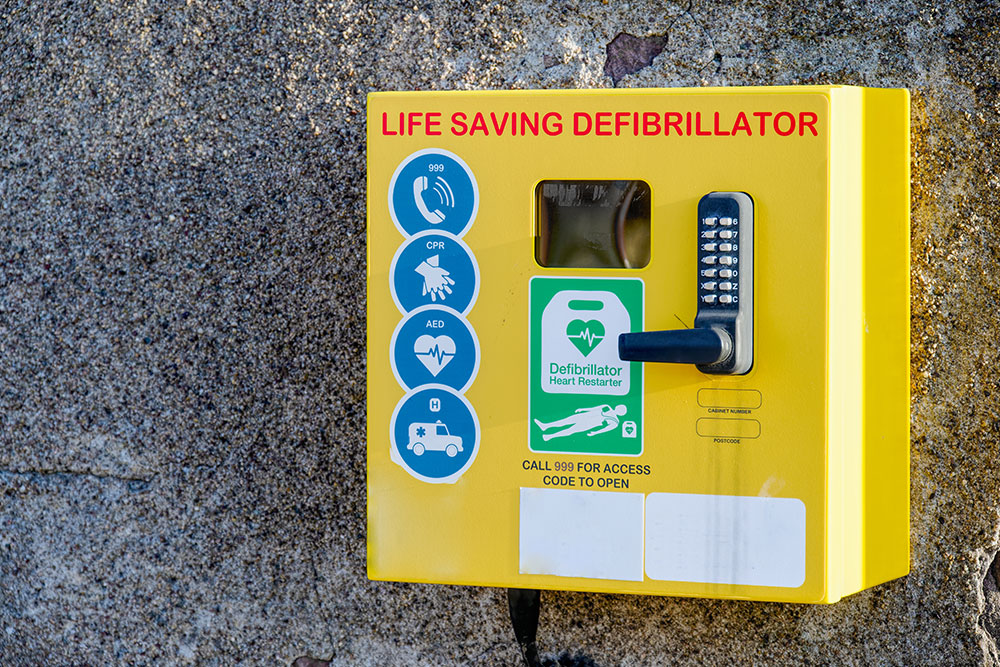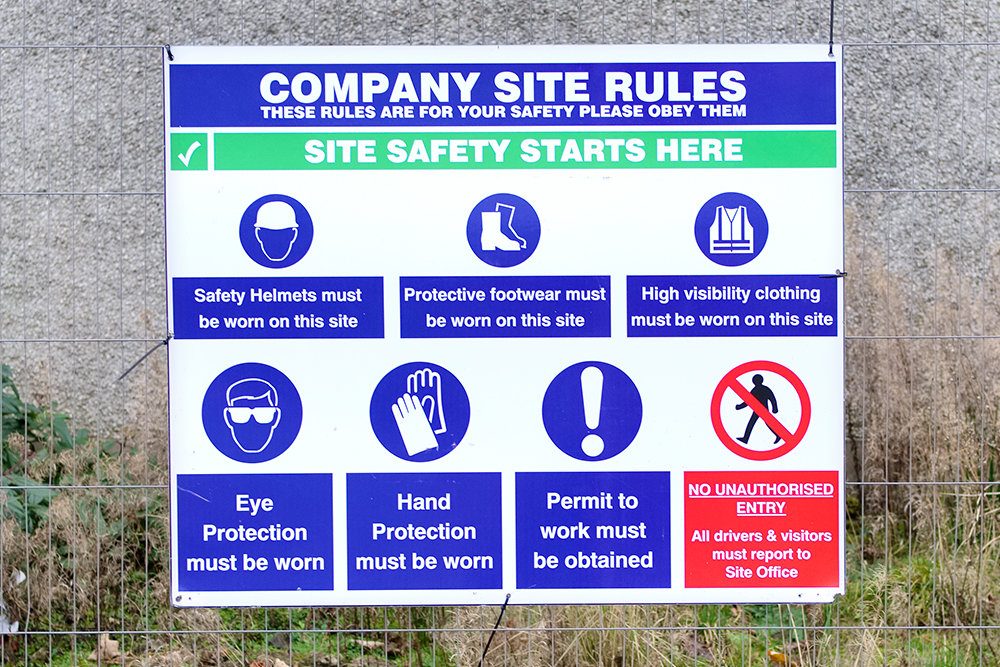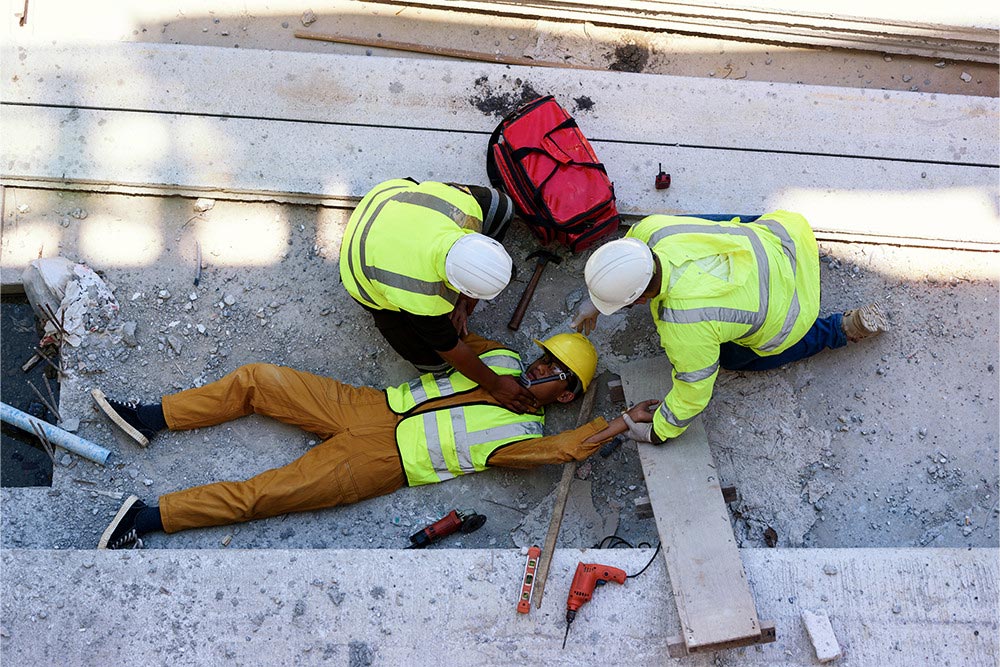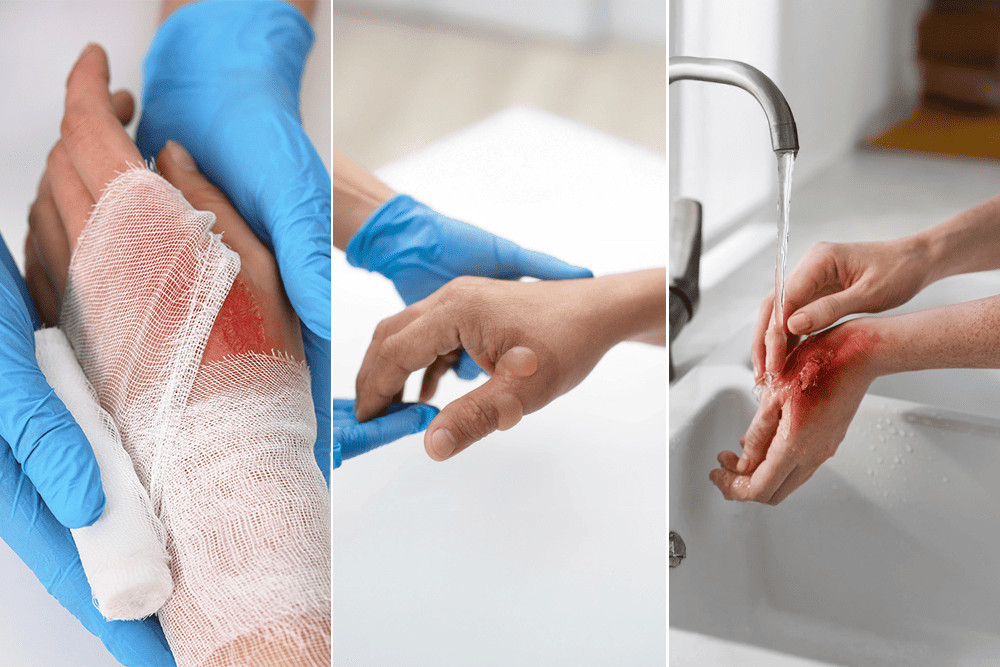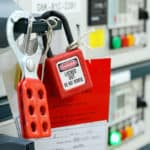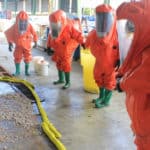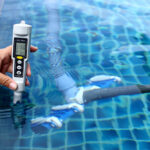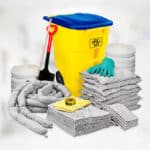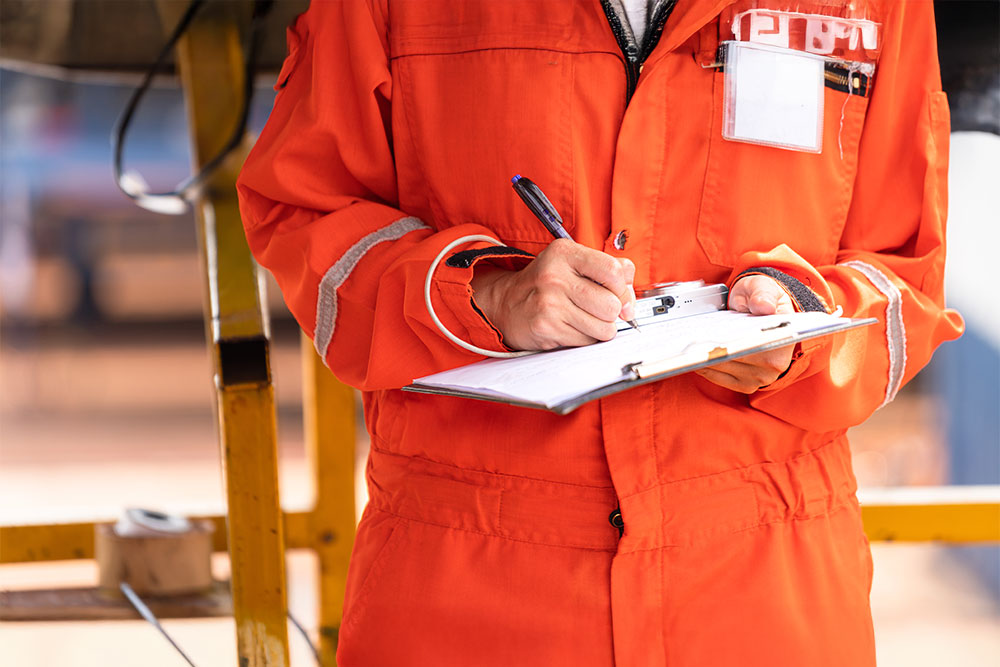
Lifting equipment inspections are critical to LOLER compliance. Without detailed, regular inspections, you can’t guarantee the safety of lifting equipment of the people who use it.
But how can you ensure every inspection is thorough and followed up? Use LOLER inspection checklists.
This guide explains why these checklists are essential for lifting equipment inspections. If you’re responsible for LOLER compliance or lifting equipment safety, checklists will make the process more effective and manageable.
Key Takeaways
- LOLER requires lifting equipment to be suitable, maintained and confirmed as safe through pre-use checks, inspections and thorough examinations.
- Thorough examinations must happen at least every 12 months (or 6 months for equipment used to lift people). Examinations might need to happen more often based on equipment type and use conditions.
- LOLER inspection checklists help ensure inspections are thorough, systematic and properly documented, reducing the risk of errors.
- Digital checklists simplify record-keeping and help track inspection results, making it easier to prove compliance.
- While LOLER inspection checklists streamline the process, inspectors must be competent to meet regulations.
LOLER Inspections – What the Law Says
Workplaces subject to the Health and Safety at Work Act 1974 must also comply with the Lifting Operations and Lifting Equipment Regulations 1998 (LOLER).
LOLER sets out duties to ensure all lifting operations are safe. One of these duties is the regular inspection and maintenance of lifting equipment.
LOLER Regulations
Under LOLER, employers and other parties in control of lifting equipment must ensure that equipment is suitable for its intended purpose, maintained in a safe condition and regularly inspected.
LOLER Inspections
There are three types of lifting equipment inspections:
- Pre-Use Checks: Quick, daily checks performed by operators to identify visible defects or damage before using the equipment.
- Inspections: Inspections are less frequent but more detailed than pre-use checks. They confirm equipment remains safe between thorough examinations.
- Thorough Examinations: Detailed assessments carried out by a competent person at defined intervals. These examinations verify that lifting equipment is safe to operate and meets LOLER requirements.
LOLER inspection checklists can be adapted for any type of lifting equipment checks.
LOLER Training
Our LOLER Training courses help reduce the risk of accidents during lifting operations in the workplace. These courses cover the Lifting Operation and Lifting Equipment Regulations in detail, giving you the knowledge to ensure compliance.
Inspection Frequency
LOLER only specifies when thorough examinations need to happen. Under Regulation 9, examinations must be carried out:
- At least every 6 months for equipment used to lift people and all lifting accessories
- At least every 12 months for all other lifting equipment
- After exceptional circumstances that could jeopardise safety (e.g., damage, overloading)
Annual examinations of lifting equipment (or bi-annual examinations for equipment used to lift people) are the bare minimum. It’s possible examinations need to happen more often.
LOLER duty holders must appoint a competent person to draw up an examination schedule that takes into account:
- Equipment type
- Use conditions
- Operational risks
Older equipment or equipment that’s regularly used in harsh conditions should be examined more often. Reviewing inspection records can help you decide on a compliant examination schedule.
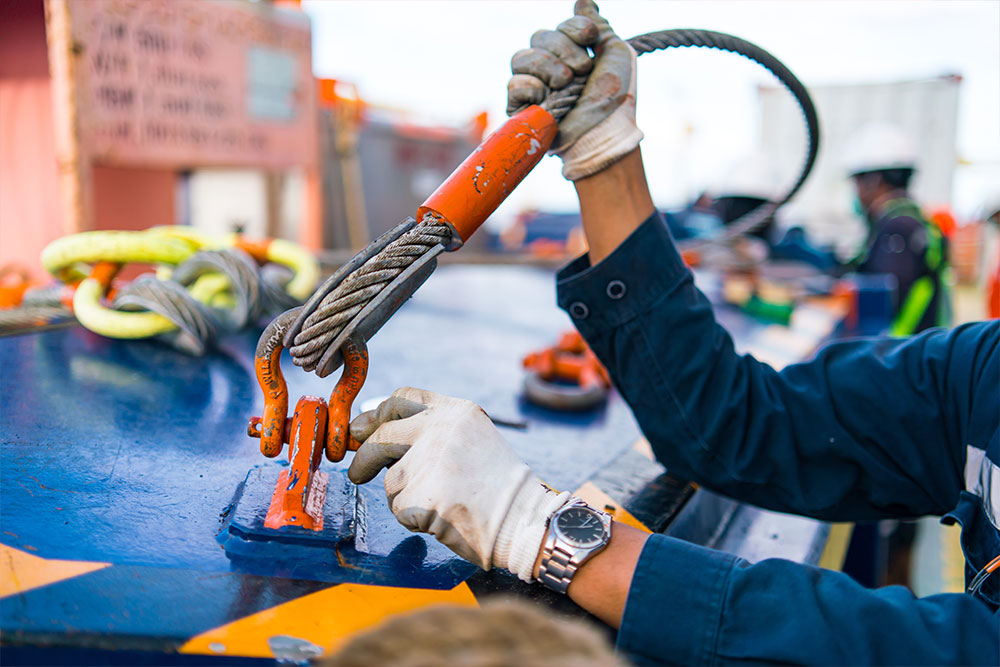
LOLER Inspection Checklists – Why You Should Use Them
LOLER inspection checklists provide a structured approach to equipment inspections, ensuring nothing is overlooked. Whether you’re conducting an inspection or preparing for a thorough examination, a checklist can help you meet legal requirements and maintain safety standards.
More Thorough Inspections
Checklists ensure that lifting equipment inspections are systematic and complete. By following a checklist, you can be confident that no critical component or safety feature is overlooked.
This approach is particularly useful for complex equipment inspections, which are longer and need sustained attention.
Inspectors Make Mistakes
Even the most experienced inspectors can miss things. Being overly familiar with equipment can lead to complacency, while the cognitive load of complex inspections can cause critical details to be missed.
A checklist reduces mental strain by providing a clear structure so you can focus on the quality of your work rather than trying to remember every detail. This is especially important when inspecting equipment for the first time or tackling technically challenging examinations, where the margin for error is smaller.
Due Diligence is Worth Overdoing
When it comes to lifting equipment, there’s really no such thing as an overly detailed examination.
A checklist is a safety net. It will help you ensure every checkpoint is covered and documented properly. This level of diligence is particularly valuable during audits or investigations where proof of compliance is required.
Inspections Must Be Recorded
LOLER requires inspections and thorough examinations to be recorded, and checklists make this process straightforward. They provide a consistent format for documenting findings, making it easier to track and resolve any issues.
Digital checklists further streamline record-keeping, making them ideal for organisations managing large fleets of lifting equipment. They’re easy to store and share, whether with third parties or team members responsible for post-inspection actions like repairs. This efficiency ensures everyone involved has access to the information they need to ensure equipment is safe and compliant.
Setting Inspection Frequency
Checklists and the records they generate can also help you refine your inspection schedule. Over time, patterns in inspection findings may reveal that certain equipment requires more frequent checks due to repeated faults or wear.
This information allows duty holders to adjust inspection intervals or make decisions about retiring equipment before it becomes a safety risk.

LOLER Competence
While inspection checklists are helpful, they can’t replace the expertise of a competent inspector. Under LOLER, inspectors must have the knowledge, experience and training (i.e. competence) to assess equipment safety and determine if it’s fit for purpose.
“Box-ticking” inspections aren’t enough. Just like a copy of the Highway Code can’t make you a licensed driver, a LOLER inspection checklist, even a detailed one, can’t make you a competent inspector on its own. Only a trained and experienced professional can make proper use of an inspection checklist.
LOLER Training
LOLER compliance starts with competence, and this is where proper training makes all the difference.
Our online LOLER Training is designed for duty holders. It provides the skills and knowledge needed to ensure lifting equipment safety and compliance, covering LOLER risk assessments, lift plans and inspections.
In addition to building competence, the training includes ready-made LOLER inspection checklists. These checklists can be used to structure and document your equipment inspections, ensuring examinations are thorough and recorded for compliance.
